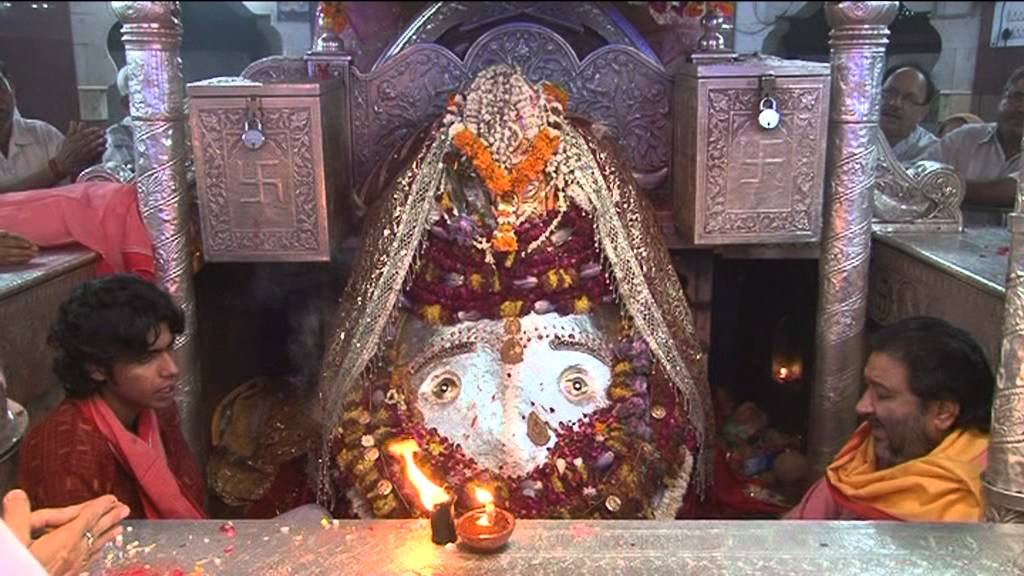DN Darshan: Kalkaji Mandir, Delhi

dynamitenews.com
New Delhi/ 16 Jan. Kalkaji mandir is a famous shrine which is visited by millions of peoples every year. It is situated at kalkaji in Delhi. This is also known as ‘Manokanma Siddha Peeth’ which literally means that all the desires of the devotees are fulfilled here by the deity shri Maa kalika who has taken this temple as her abode. The Peeth dates back to satyug when the goddess kalika had incarnated and killed ‘Raktbeejasur’ along with other giants. Even lord Krishna had worshipped here with pandavas not only before going for the battle of ‘kurukshetra’ but also after winning the battle.
Architecture
The temple complex is constructed of brick masonry, finished with plaster (now with marbles) and is surrounded by a pyramidal tower. The Central Chamber which is 12-sided in plan diam. with a doorway in each side is covered with marble and is surrounded by a verandah and containing 36 arched openings. This verandah encloses the Central Chamber from all sides. About the middle of this arcade opposite the eastern doorway there are two red sandstone tigers sitting on a marble pedestal on which the inscription engraved on the marble railings is repeated. The language of the inscriptions is Urdu and the characters on the railings as well as on the pedestals is nastaliq font. Between the tigers there is stone image of Kali Devi with her name engraved on it in Hindi, and a trident of stone standing before it.
History
The temple was built in 1764 A.D, as per the folklore, the Pandavas and Kauravas had worshipped here. Later in the mid-19th century, Raja Kadarnath, the treasurer of Emperor Akbar second made certain changes in temple. In the early 20th century, the present structure was built by the contributions of devotees. The modern temple is 8 sided structures made up of marble and black pumicle stones. The black stone denotes goddess kali.
Legends
The Hindu scriptures have multiple references and legends regarding the birth and acts of the Goddess Kali. It is believed that Millions of years ago, the gods who resided in the neighborhood of the present temple were troubled by two giants and were compelled to prefer their complaint to Lord Brahma, 'the god of all'. But Lord Brahma declined to interfere, and referred them to the Goddess Parvati. Out of the mouth of Maa Parvati sprung Kaushki Devi, who attacked the two giants and slaughtered them, but it so happened, that as their blood fell on the dry earth thousands of giants came into life, and the battle was maintained by Kaushki Devi against great odds. Maa Parvati took compassion on her offspring and out of the eyebrows of Kaushki Devi came Maa Kali Devi, 'whose lower lip rested on the hills below and the upper lip touched the sky above. She drank the blood of the slaughtered giants as it poured out of their wounds; and the goddess obtained a complete victory over their enemies. Maa Kali Devi then fixed her abode here, and she was worshipped as the chief divinity of the place.
It is believed that the Goddess Kalkaji, pleased with the prayers offered and rituals performed by the Gods on the advice of Lord Brahma, appeared on this mount, known as Surya Koota Parvata, and blessed them. Since then, the Goddess took this holy place as her abode and has been fulfilling the wishes of her devotees.
 Dynamite News
Dynamite News 
